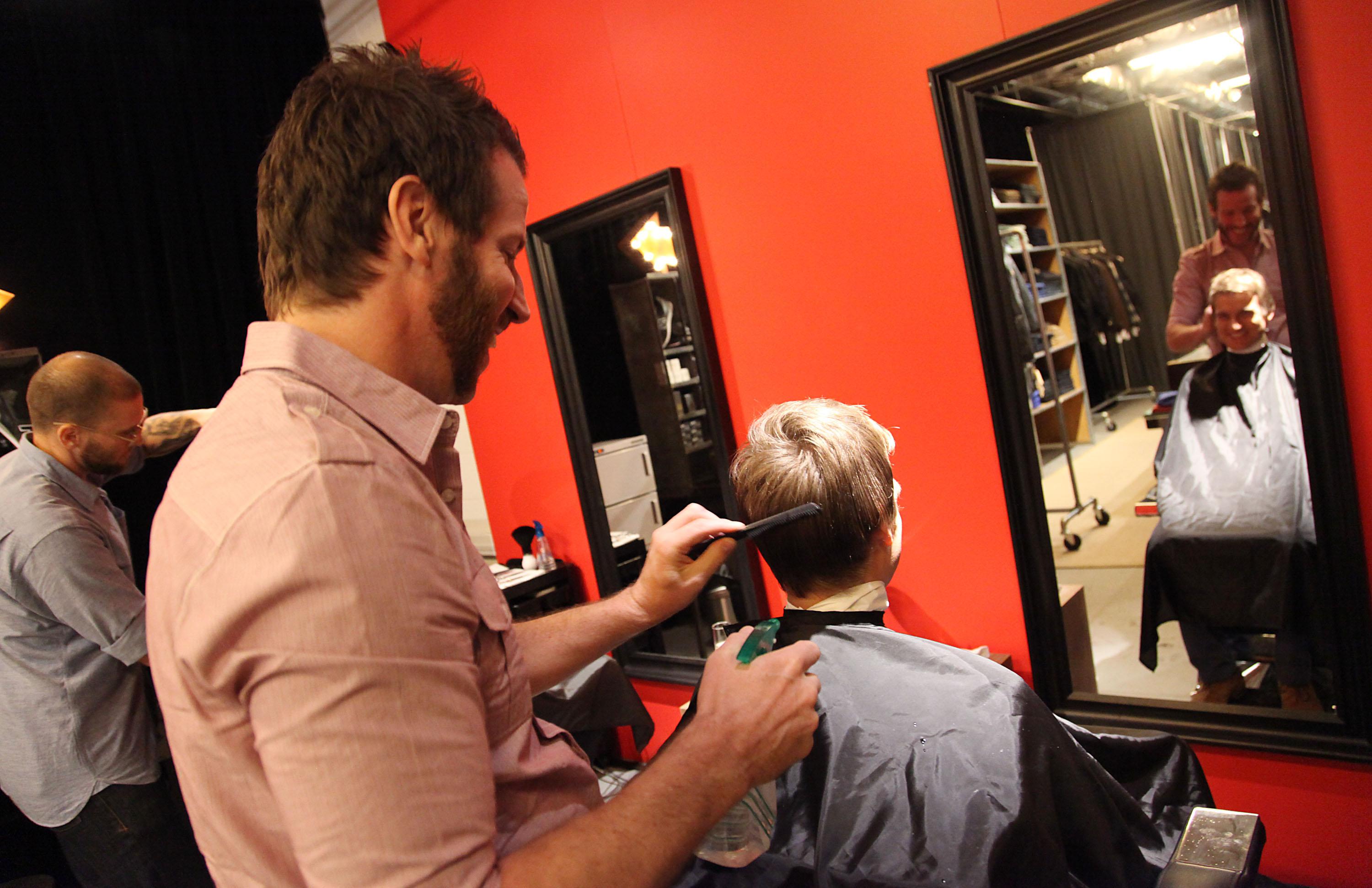Emily Rueb has a great exposé in the New York Times about beauty schools that leave their students drowning in debt rather than opening up the doors of opportunity to them. There are multiple facets to this problem up to and including outright fraud, but what doesn’t get mentioned in the article is what I see as the underlying evil here: occupational licensing.
To cut hair in New York state, you need to graduate from barber school. The number of hours of barber schooling you need is “determined by the approved NYS barber schools.” If you’re already licensed to cut hair in Maine, Pennsylvania, or New Mexico, you can just take advantage of reciprocity rules. But if you’ve been cutting hair in New Jersey and want to move your practice to the other side of the Hudson, that license is no good. Do New Yorkers whose kids go off to college in other states warn them about the dangers of Connecticut or California or Massachusetts barbers? Not in my experience, but the state of the New York takes the official view that the regulatory requirements in 46 states (and the District of Columbia) are not up to snuff.
Now if you want to engage in more elaborate hairstyling arrangements that involve “the application of heat, water, solutions, dyes and reactive chemicals to alter the color, straighten, or curl the structure of the hair of a human being,” the barber license isn’t good enough. You need 1,000 hours in cosmetology school. You also need to pass a test involving both multiple-choice questions and a practical demonstration of skills.
It’s by no means silly to think that people who want to dye or straighten hair need to have training. I certainly wouldn’t know how to do it properly, and if misused the chemical treatments could hurt somebody. But imagine a world in which the licensing was done purely through certification. In other words: You need to be able to pass the test. In that world, a beauty school can stay in business if and only if it offers a cost-effective training regime. Beauty schools would need to compete with efforts at self-instruction or with apprenticeship arrangements of various kinds. Instead, by requiring the 1,000 hours of training, the state licensing board creates a cozy business for the beauty schools. They become for-profit gatekeepers to economic opportunity. And their incentive structure isn’t to focus on effective education—the quality of the teaching is irrelevant to the business model. It’s to focus on maximizing the amount of money extracted from the students. Hence the games Rueb is reporting on. Meanwhile, though each state requires cosmetologists to obtain licenses, the actual rules vary wildly from place to place.
